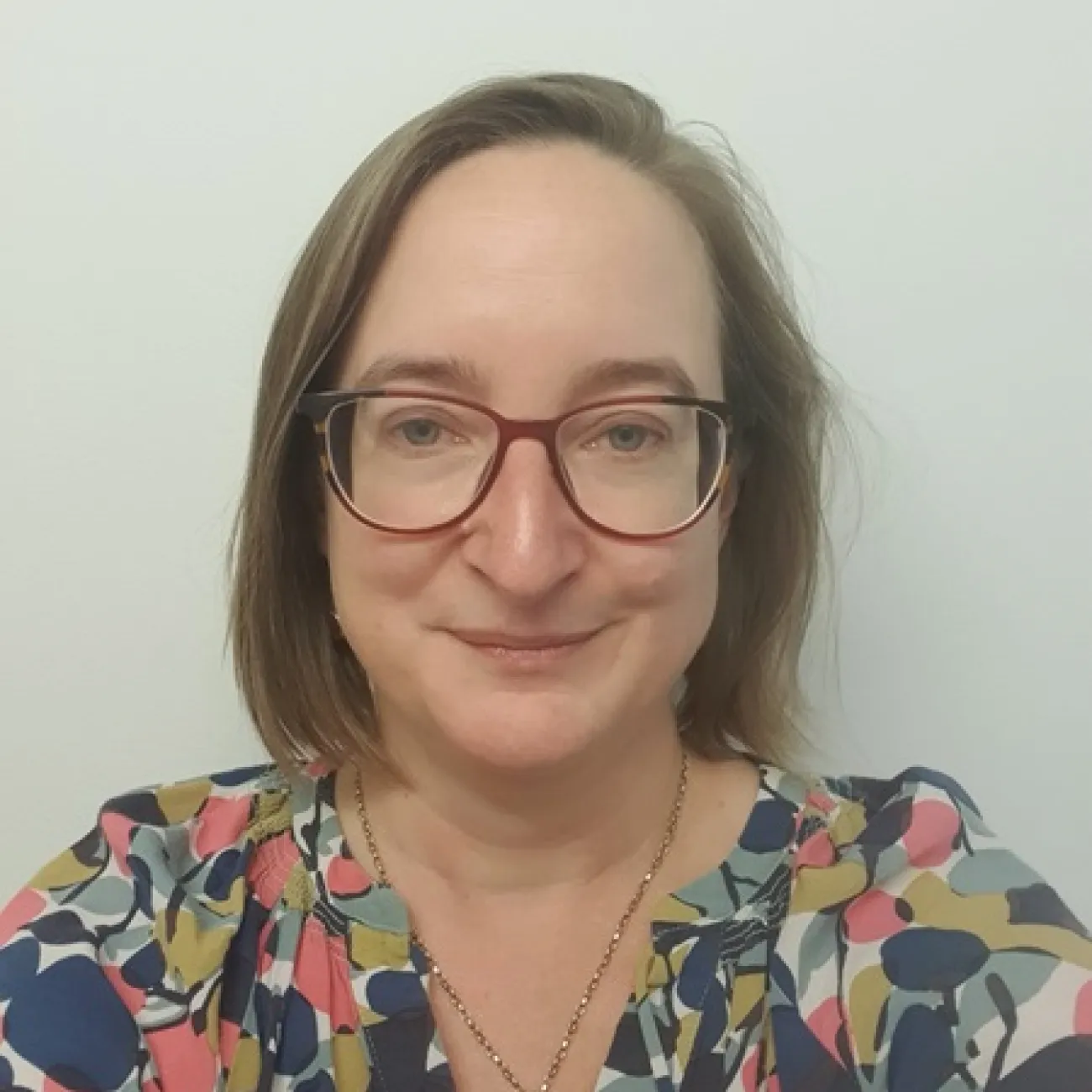About
Sonia is a bioarchaeologist, focusing on human skeletons. Her interests are in biological anthropology, race, human diversity and variability, and the study of the human body to understand aspects of migration and mobility, diet, identity, disease, religious practice and social organisation in past populations.
Her research initially focused upon human dispersals through Egypt and changes associated with the development of state formation. From that, she developed an interest in the interplay between funerary archaeology, the mortuary record and aspects of bodily identity. This research has concentrated on Predynastic and Early Dynastic Egypt groups and, more recently, on medieval burial grounds (both Christian and Muslim). With her graduate students, she has become interested in the bioarchaeology of religion and the activities associated with religious practice. This has implications for palaeopathology and studies of disease, and, within the skeletal collections at Southampton, the Archaeology department curates one of the earliest documented cases of leprosy in the UK.
She also undertakes research in collaboration with staff in Bioengineering. Together they use computed tomography (CT) to get high resolution images of human bones and teeth, and then use these to understand other aspects of past lives, such as locomotor practices and dental treatment. Together with one of her previous graduate students, they have looked at an unusual Roman dwarf skeleton to evaluate her dis/Ability. This type of work has been used to improve the development of dental implants and other prosthetics.
Research
Research groups
Research interests
- bioarchaeology and palaeopathology
- disAbility, impairment, injury and disease
- race, migration and mobility
- identity and human diversity
- ancient Egypt
Current research
Sonia's research focusses on the bodily expression of identity. She has a long-standing interest in the recognition and identification of mobility and migration in past populations, and the potential links with religion, climate change and violence. Similarly, she is interested in how physical impairment may or may not impact on disAbility, and how this may be recognised from bioarchaeology and palaeopathology.
Research projects
Active projects
Completed projects
Publications
Pagination
Teaching
My teaching focuses on 2 main aspects:
Bioarchaeology and palaeopathology
Ancient Egypt
External roles and responsibilities
Biography
Sonia joined the department from Durham, where she was briefly an Addison Wheeler Research Fellow. Her work there focused upon human dispersals through Egypt and across the Sahara Desert.
Until recently, she was the Director of Admissions for Archaeology and all our combined honours courses. Before that, Sonia was the academic lead and director for Lifelong and Leisure Learning across the University of Southampton. As a result, she is extremely keen to develop outreach and the use of archaeology for widening participation and other educational purposes.
She is a Fellow of the Society of Antiquaries. In the past, she has served as the Vice-President of the Paleopathology Association (PPA), and on the organising board of the Society for the Study of Human Biology (SSHB) and the British Association for Biological Anthropology & Osteoarchaeology (BABAO). She is currently a member of the Scientific Advisory Board of the Naturhistorisches Museum in Vienna (Austria).
